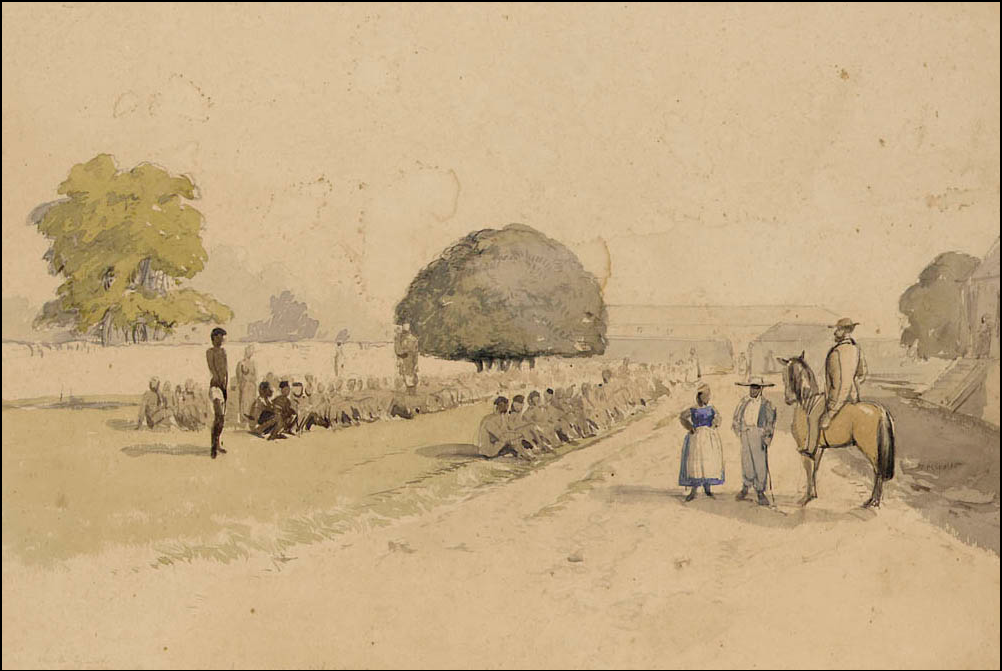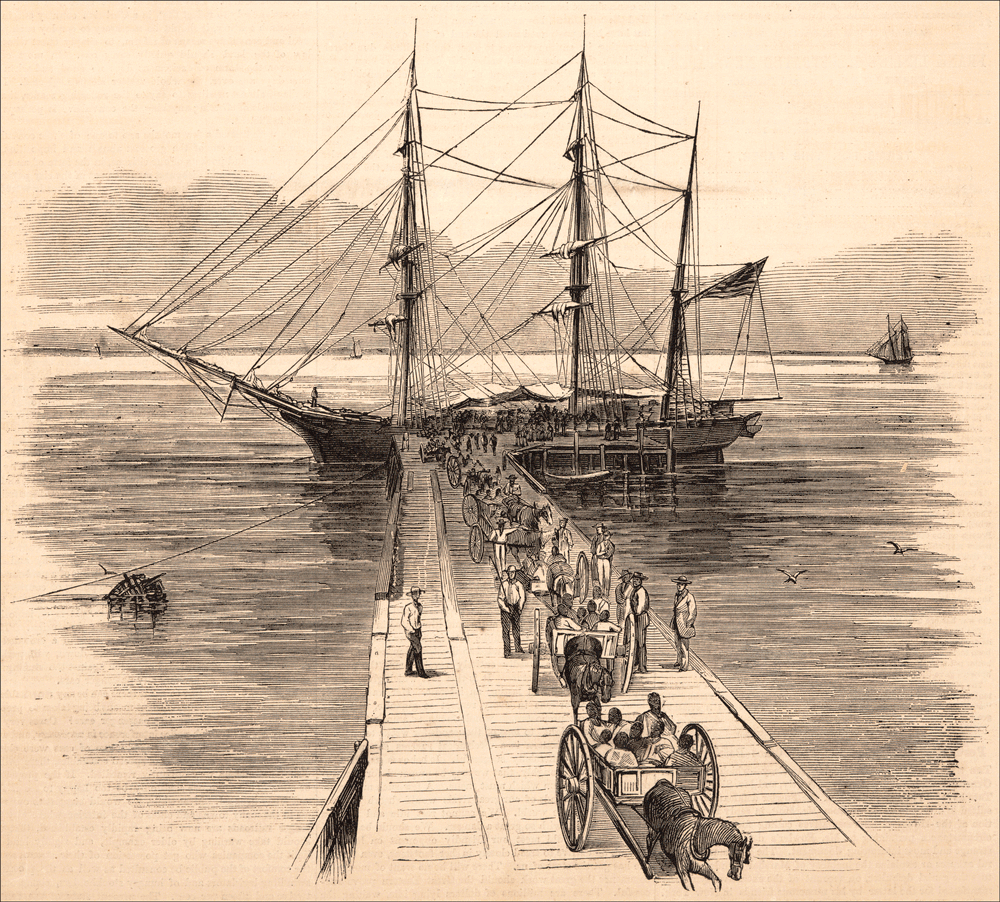The Judicial Process
|
"Kissy. Landing Slaves from Prize to 'Spitfire.'" National Maritime Museum, Greenwich, London, Michael Graham-Stewart Slavery Collection, ZBA2731, by L. A. Good, c. 1860. |
LiberatedAfricans.org focuses on the operations of what some have argued are among the world’s earliest international courts of humanitarian effort. These judicial bodies were charged with the authority to adjudicate on cases of chattel slavery. However, the process resulted in liberation of the people involved, but was followed by another type of slavery involving forced indentures and conscriptions. Over the course of the global abolition movement, documentation was assembled around the world in multiple languages. Many, if not most of these historical records have survived, oftentimes in duplicates and translations. Fortunately, many of these records are being digitized and made freely available to the public via international archives and libraries, and which are being reorganized here.
Based on anti-slavery legislation, the Courts and Cases dataset is built around the “case” as the main unit of analysis. In over 175 courts or administrative bodies, case sizes ranged from several hundred people recaptured from a slave ship to a single individual appearing before a consulate or administrative body in colonial Africa. By grouping people into cases on a court-by-court and government-by-government basis, results show how Portugal produced over 235,000 "Liberated Africans," followed by Britain with 150,000 people, France with 133,000 people, and various Courts of Mixed Commission, which always involved the British, with just over 100,000 "Liberated Africans." The remainder involved Spain, Brazil, Germany, the United States, the Netherlands, as well as other newly-formed states in the Americas and Caribbean, such as the Provincias Unidas del Río de la Plata, Royaume d'Haïti, Tercera República de Venezuela, República Federal de Centroamérica, and República de Colombia.
|
"Landing of the Cargo of Slaves Captured on Board the American Bark Williams by the U.S. Steamer Wyandote - Disembarkation at Key West." In Frank Leslie's Illustrated Newspaper 10, no. 239 (23 Jun. 1860). |
To ensure accuracy of case data, the digital archive associates documents to the judicial process, thereby providing a framework to track the routes of enslavement for "Liberated Africans." This digital archive focuses on the case or trial records, which varied depending on the type of liberation through condemnation, repurchase, or asylum. Examples of primary sources include a captor’s declaration, abstract of evidence, sentence or judgment, expense reports, emancipation certificates, registers of "Liberated Africans," appeals, repurchase agreements, cases involving asylum, etc… Whenever possible and time permitting, other materials from complimentary collections may gradually be integrated into a case to portray the lived experiences of "Liberated Africans" in more detail before, during, or after the indenture or conscription. Materials from this digital archive were reorganized here from several open-source digital resources hosted by archives, libraries, and other digital publications from around the world.
The expansion of this digital archive is a work-in-progress, as new materials may be added sporadically and in batches over time. Student interns and research assistants at the Digital Slavery Research Lab at CU Boulder and Walk With Web Inc. have been building this digital archive. They are duly acknowledged for generating data and adding resources into the RegID content management system, which timestamps student contributions. For student names, internship programs, and years of involvement, please refer to the Project Team.

